Sustainability Focus
The Acrylic Flooring Adhesive Market is increasingly influenced by a growing emphasis on sustainability. Consumers and manufacturers alike are prioritizing eco-friendly products, leading to a surge in demand for adhesives that are low in volatile organic compounds (VOCs) and made from renewable resources. This shift is not merely a trend; it reflects a broader societal movement towards environmentally responsible practices. As regulations tighten around emissions and waste, companies are compelled to innovate and adapt their product lines. The market for sustainable acrylic adhesives is projected to expand, with estimates suggesting a compound annual growth rate (CAGR) of over 5% in the coming years. This focus on sustainability not only enhances brand reputation but also aligns with consumer preferences, thereby driving growth in the Acrylic Flooring Adhesive Market.
Performance Enhancement
In the Acrylic Flooring Adhesive Market, the demand for high-performance adhesives is on the rise. As flooring materials evolve, so too must the adhesives that bond them. Modern acrylic adhesives are engineered to provide superior adhesion, flexibility, and durability, which are essential for various applications, including residential and commercial flooring. The market has seen innovations that enhance the performance characteristics of these adhesives, such as improved moisture resistance and faster curing times. According to recent data, the performance-enhanced segment of the acrylic adhesive market is expected to capture a significant share, with projections indicating a growth rate of approximately 6% annually. This trend underscores the importance of performance in driving consumer choices and shaping the competitive landscape of the Acrylic Flooring Adhesive Market.
Technological Advancements
Technological advancements play a pivotal role in shaping the Acrylic Flooring Adhesive Market. Innovations in formulation and application techniques have led to the development of adhesives that are not only more effective but also easier to use. For instance, the introduction of advanced polymer technologies has resulted in adhesives that offer better bonding capabilities and enhanced resistance to environmental factors. Furthermore, automation in the application process has streamlined operations, reducing labor costs and improving efficiency. Market analysis indicates that the integration of technology in adhesive production is likely to propel growth, with a projected increase in market share for technologically advanced products. This trend highlights the necessity for manufacturers to invest in research and development to remain competitive in the Acrylic Flooring Adhesive Market.
Increased Consumer Awareness
In the Acrylic Flooring Adhesive Market, increased consumer awareness regarding product quality and safety is becoming a key driver. As consumers become more informed about the implications of their purchasing decisions, they are more likely to seek out adhesives that meet stringent safety and performance standards. This heightened awareness is prompting manufacturers to prioritize transparency in their product offerings, ensuring that consumers have access to information about the materials used and their environmental impact. Market Research Future indicates that products with certifications for safety and sustainability are gaining traction, potentially leading to a shift in market dynamics. As a result, companies that align their products with consumer expectations are likely to see enhanced market positioning within the Acrylic Flooring Adhesive Market.
Rising Construction Activities
The Acrylic Flooring Adhesive Market is experiencing a boost due to rising construction activities across various sectors. As urbanization accelerates, the demand for residential and commercial buildings is increasing, leading to a higher requirement for flooring solutions. Acrylic adhesives are favored for their versatility and effectiveness in bonding different types of flooring materials, including vinyl, laminate, and hardwood. Recent statistics indicate that construction spending has seen a steady increase, with projections suggesting a growth rate of around 4% annually. This surge in construction activities not only drives the demand for flooring materials but also propels the need for reliable adhesives. Consequently, the Acrylic Flooring Adhesive Market stands to benefit significantly from this upward trend in construction.


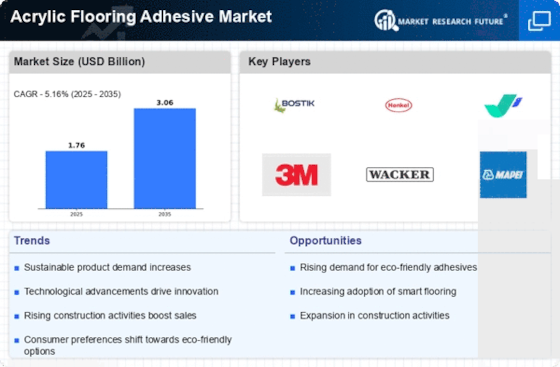
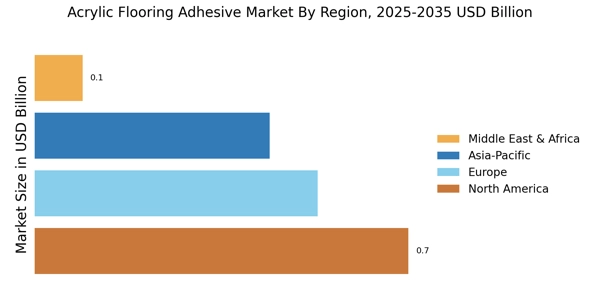

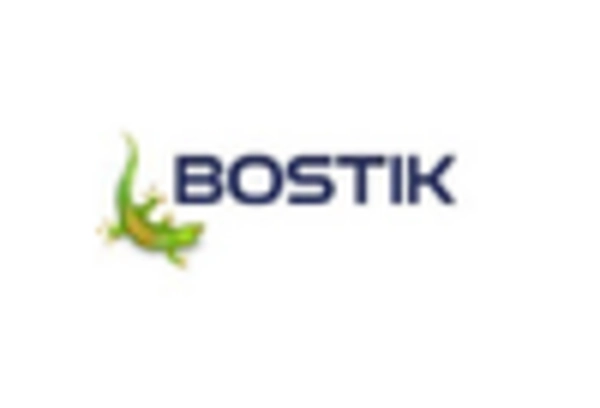
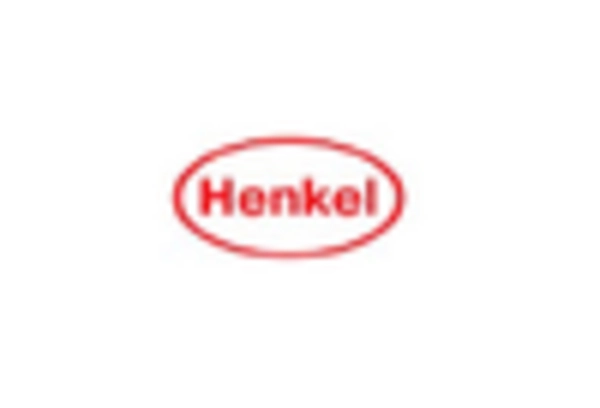
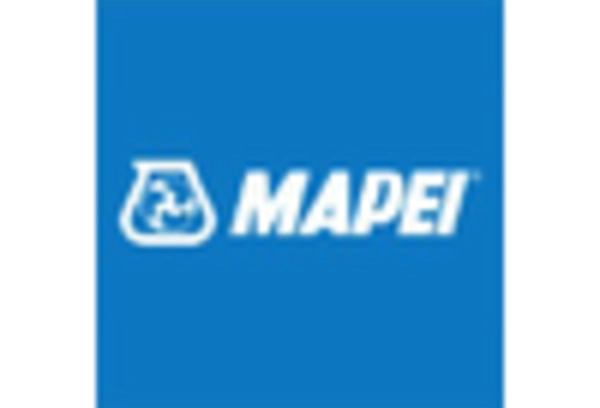
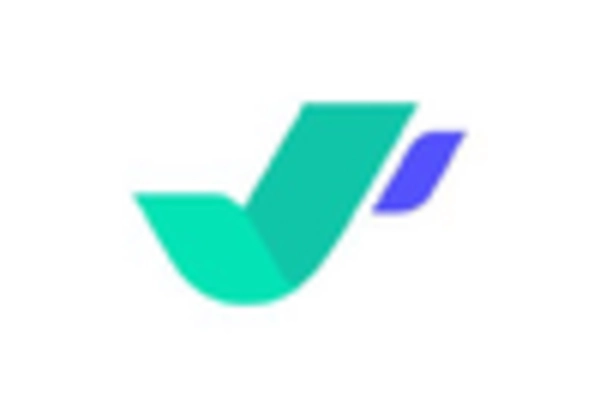
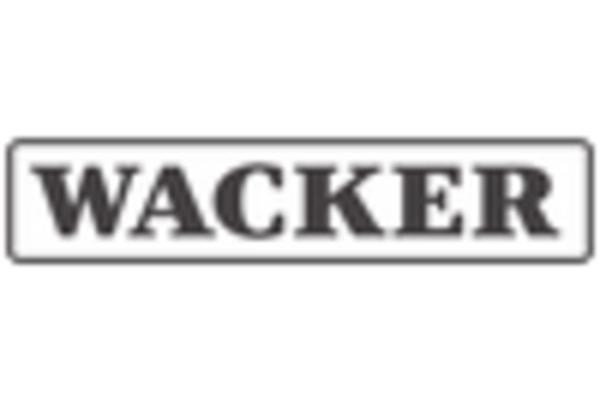








Leave a Comment